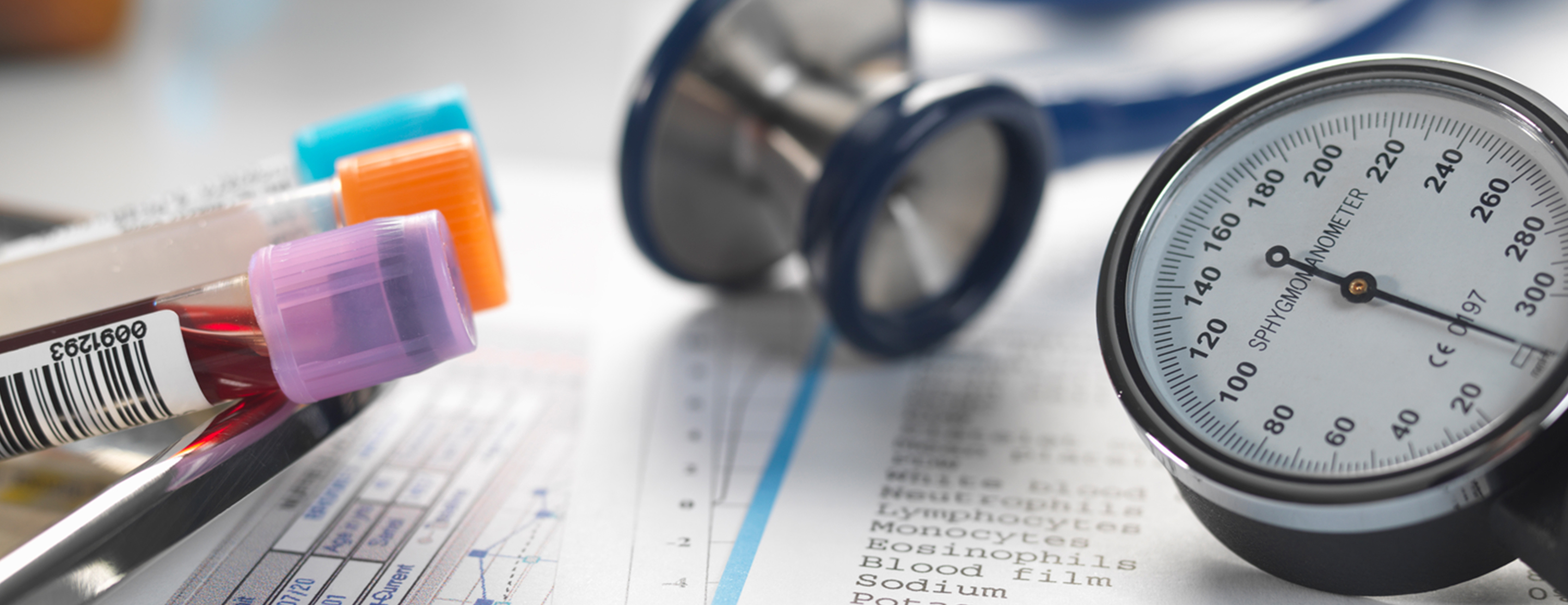
Lead levels - blood
Definition
Blood lead level is a test that measures the amount of lead in the blood.
Alternative Names
Blood lead levels
How the Test is Performed
A blood sample is needed. Most of the time blood is
In infants or young children, a sharp tool called a lancet may be used to puncture the skin.
- The blood collects in a small glass tube called a pipette, or onto a slide or test strip.
- A bandage is put over the spot to stop any bleeding.
How to Prepare for the Test
No special preparation is needed.
For children, it may be helpful to explain how the test will feel and why it is done. This may make the child feel less nervous.
How the Test will Feel
You may feel slight pain or a sting when the needle is inserted. You may also feel some throbbing at the site after the blood is drawn.
Why the Test is Performed
This test is used to screen people at risk for lead poisoning. This may include industrial workers and children who live in urban areas. The test is also used to diagnose lead poisoning when a person has symptoms of the condition. It is also used to measure how well treatment for lead poisoning is working. Lead is common in the environment, so it is often found in the body in low levels.
Normal Results
Small amounts of lead in adults are not thought to be harmful. However, even low levels of lead can be dangerous to infants and children. It can cause
Adults:
- Less than 10 micrograms per deciliter (µg/dL) or 0.48 micromoles per liter (µmol/L) of lead in the blood
Children:
- Less than 5 µg/dL or 0.24 µmol/L of lead in the blood
Normal value ranges may vary slightly among different laboratories. Talk to your health care provider about the meaning of your specific test results.
What Abnormal Results Mean
In adults, a blood lead level of 5 µg/dL or 0.24 µmol/L or above is considered elevated. Treatment may be recommended if:
- Your blood lead level is greater than 80 µg/dL or 3.86 µmol/L.
- You have symptoms of lead poisoning and your blood lead level is greater than 40 µg/dL or 1.93 µmol/L.
In children:
- Blood lead level of 5 µg/dL or 0.24 µmol/L or greater requires further testing and monitoring.
- The source of lead must be found and removed.
- A lead level greater than 45 µg/dL or 2.17 µmol/L in a child's blood most often indicates the need for treatment.
- Treatment may be considered with a level as low as 20 µg/dL or 0.97 µmol/L.
References
Centers for Disease Control and Prevention website. Lead: what do parents need to know to protect their children?
Kao LW, Rusyniak DE. Chronic poisoning: trace metals and others. In: Goldman L, Schafer AI, eds. Goldman-Cecil Medicine. 25th ed. Philadelphia, PA: Elsevier Saunders; 2016:chap 22.
Markowitz M. Lead poisoning. In: Kliegman RM, St. Geme JW, Blum NJ, Shah SS, Tasker RC, Wilson KM, eds. Nelson Textbook of Pediatrics. 21st ed. Philadelphia, PA: Elsevier; 2020:chap 739.
Pincus MR, Bluth MH, Abraham NZ. Toxicology and therapeutic drug monitoring. In: McPherson RA, Pincus MR, eds. Henry's Clinical Diagnosis and Management by Laboratory Methods. 23rd ed. St Louis, MO: Elsevier; 2017:chap 23.
Schnur J, John RM. Childhood lead poisoning and the new Centers for Disease Control and Prevention guidelines for lead exposure. J Am Assoc Nurse Pract. 2014;26(5):238-247. PMID: 24616453
Review Date: 04/26/2019
The information provided herein should not be used during any medical emergency or for the diagnosis or treatment of any medical condition. A licensed physician should be consulted for diagnosis and treatment of any and all medical conditions. Call 911 for all medical emergencies. Links to other sites are provided for information only -- they do not constitute endorsements of those other sites. Copyright ©2019 A.D.A.M., Inc., as modified by University of California San Francisco. Any duplication or distribution of the information contained herein is strictly prohibited.
Information developed by A.D.A.M., Inc. regarding tests and test results may not directly correspond with information provided by UCSF Health. Please discuss with your doctor any questions or concerns you may have.





